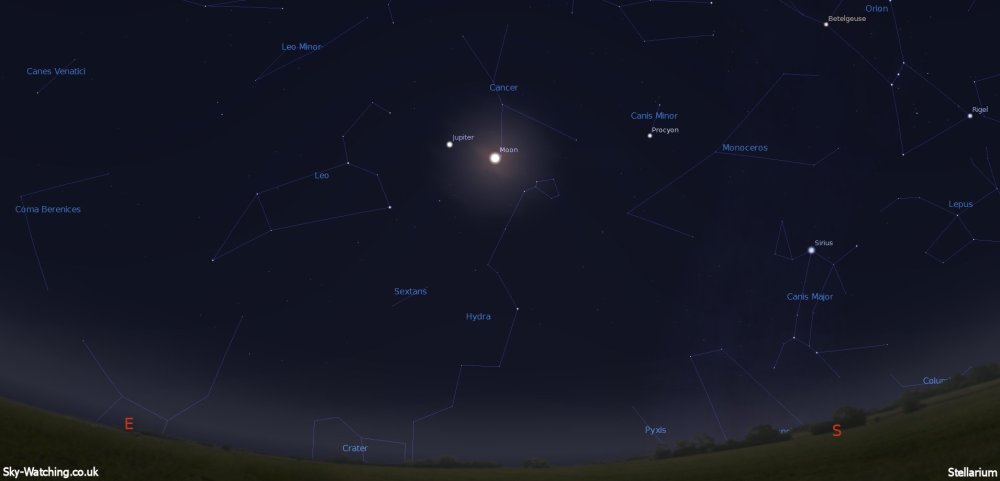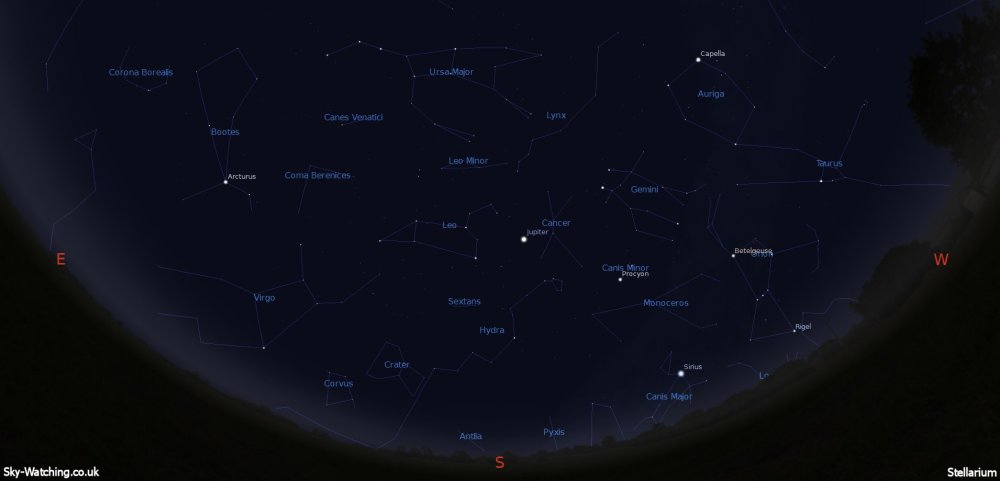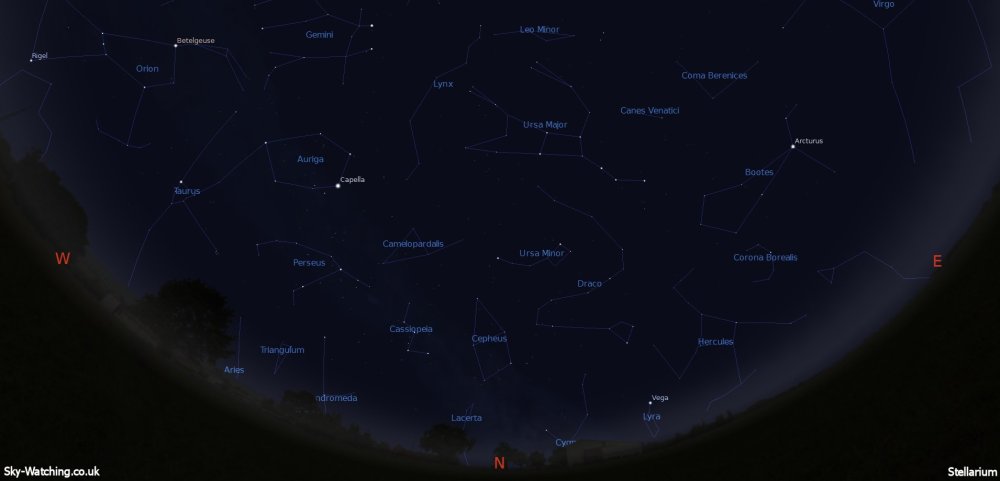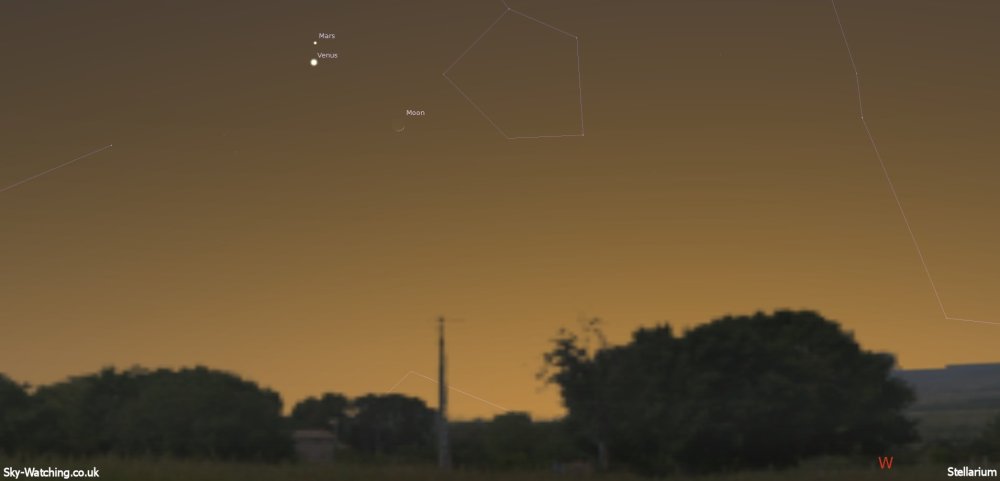by yaska77
Another month ticked off then, it really feels like I sit down to compile these guides every other week at the moment, time seems to be passing so quickly. Modern lives can keep us so busy we rarely treat ourselves to a good look at the beauty of the night sky, and even less time to spend finding things to look at… if only you had a guide at your fingertips to help direct your gaze!
Astronomy really can be therapeutic, helping the minor stresses of a day at work drop away as you turn your face upwards in quiet contemplation. Think for a moment about the sheer scale of it all, get lost in the swirls of galaxies, colourful clouds emanating from nebulae, or just lose yourself exploring craters on the Moon.
There’s plenty happening this month as outlined in our list of night sky events below, so get outside and keep watching the skies…
Tuesday 3rd February – The Full Moon today is sometimes known as the Budding Moon, Snow Moon or Trapper’s Moon and appears close to bright evening object Jupiter this evening (shown below at 22:00 UTC)

Friday 6th February – Today the Moon is at Apogee at a distance of 405,155 km (251,752 miles), the furthest point out in its orbit around the Earth this month
Giant Jupiter is also at opposition today, meaning it is opposite the Sun in the night sky (so rises with sunset and sets with sunrise). As it is closest to the Earth at this time it will also appear at its biggest and brightest!
Thursday 12th February – This morning our Moon will be seen at Last Quarter phase
Sunday 15th February – To help identify the constellations you can see throughout the month, below we’ve provided guide images for both southern and northern skies in February


Wednesday 18th February – The New Moon rises with (and sets just after) the Sun today, so now is a good time to observe deep sky objects when the skies are unaffected by moonlight
Thursday 19th February – Today the Moon is at Perigee (the closest point of its orbit to the Earth) at a distance of 356,990 km (221,823 miles)
Friday 20th February – If you’re lucky enough to have a flat western horizon you might catch a nice little conjunction in the sky after sunset this evening. Look towards the west and you’ll catch the thin crescent Moon paying a near visit to Venus and Mars (shown below at 18:00 UTC)

These little heavenly meetings usually provide a good target for photos, when else can you get objects of such immense size into one tiny photograph!?
Tuesday 24th February – Inner planet Mercury is at Greatest Western Elongation, meaning it currently rises just before the Sun. If you have a nice flat eastern horizon and low light pollution it might be worth getting up early to see if you can spot it (be quick though, as the brightening sky will soon hide it from view!)
Wednesday 25th February – This morning the Moon is at First Quarter phase
Thursday 26th February – Neptune is in Conjunction with the Sun today, and is currently unobservable
As usual, if you take any photos throughout February you’d like to show us, please tweet them to us using the link below! We’d love to see your efforts and we’ll re-tweet them to your fellow sky-watchers!
Planets visible this month:
Jupiter
Mars
Mercury
Saturn
Neptune
Uranus
Venus
Remember, it can take your eyes up to 20 minutes to become properly dark adapted, and anything up to an hour for a telescope to reach ambient temperature outside (to ensure the best image), so give yourself plenty of time to get set up!
To make it easier to find this list of astronomical happenings you can also locate it in the “Monthly Guide” section in the menu bar to the right. Handy! 🙂
Guide images created with Stellarium
Archive:
Astronomy Events – January 2015
Astronomy Events – December 2014
Astronomy Events – November 2014
Reblogged this on MissBlue Blog.gr.
LikeLike
Reblogged this on Be a Seed for Change.
LikeLike